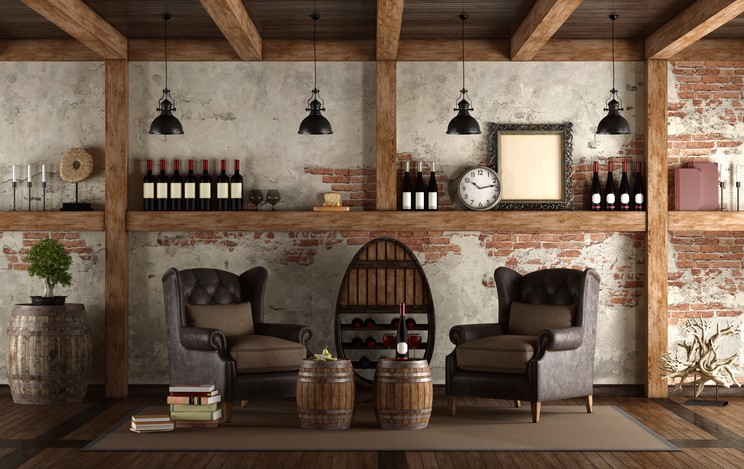The front door of your home says a lot about who lives inside. But selecting an entry door that fits your home’s style, adds value to your home, and is aesthetically beautiful can be an overwhelming process. Because a front door has the ability to add (or subtract) to our home’s curb appeal as well as safety, replacing it is consistently rated a high-value project for homeowners to invest in.
According to Remodeling Magazine, replacing your front entry door is a worthwhile project as the value nearly exceeds the actual cost. When it comes to finding a front door that remains in your budget and exceeds your expectations, you have many choices – including colors, materials, design and safety. With the help of Pella Windows and Doors, here are four tips to help you choose the right front door for your home.
1. Determine your budget
The first step to any project is determining what you’re comfortable spending. It’s easy for home improvement projects to go over budget, either because of delays or because not all costs were confirmed prior to beginning. And if you are a first time, front door DIYer, you’ll want to avoid costly mistakes that could require reordering another door or hiring an expert to complete the installation. Like all home improvement projects, replacing your front door is considered an investment and your budget should reflect careful planning and decision making. There are a few things to look at when determining the costs of your door:
- Upfront costs vs. long-term benefits
- Estimated useful life
- Maintenance requirements
- Energy efficiency
- Weather protection and performance
- Features included
- Pre-finishing costs or additional staining or painting required
- Hardware and accessories
- Remodeling additional entry features like stairs, lighting or doorbell
Choosing a door that can add beauty and value to your home without causing you to pay more in the long run is ideal. For instance, some energy-efficient doors may cost more upfront, but over time can save money. Many ENERGY STAR certified doors will lower your heating and cooling costs by protecting your home from drafts and leaks. And with quality construction and durable materials, you’ll avoid high maintenance costs.
2. Materials matter
The material your door is made from will directly affect its performance – including durability, maintenance and appearance. Material choice will also determine the price of your door, so it’s important to keep this in mind. Most doors will either be wood, steel, or fiberglass and many offer panel styles have the option of adding glass. Decorative glass is an additional cost and will come in a variety of patterns featuring textures, bevels and caming.
Wood
The rich beauty of authentic wood doors gives a classic appearance – with intricate grain patterns and color markings. There are many styles and options available such as different wood types, panel styles, decorative glass, historic accents and embellishments. While wood doors are beautiful and natural in that they appear warm, rustic and historic, they are typically more expensive than doors made from other materials.

Steel
A steel door is usually more affordable than other materials. Premium steel doors are extra durable – they won’t warp or crack and resist denting. Most steel doors feature a smooth surface, so the look is limited to panel design and paint color. Steel doors can include an insulated core to help with energy efficiency.

Fiberglass
This type of door features the realistic look of stained wood in a variety of grains, as well as a smooth panel surface if a painted door is preferred. These high-performing, energy-efficient doors are durable and easy to maintain and offer a variety of price points. And fiberglass doors not only have aesthetic appeal, they offer a wide vriety of panel styles, decorative glass and finish options, They’re dent-resistant and won’t rust or corrode.

3. Size
What size is your entryway? A standard exterior entry door is 80 inches tall by 36 inches wide and almost 2 inches thick. Depending on your home, your entryway may require a larger, taller, wider, thicker, or even a double door. In order to pick the right size door, you should include any sidelights, transoms or other decorative elements. If you’re unsure what size of entry door your home needs, don’t hesitate to contact a professional for help.
4. Style
Choose a style for your front door that complements the design of your home and adds curb appeal. Your front entry door can represent you or your family’s personality. If you are more traditional, you may opt for a classic wood paneled door. Or if you are more artistic, you may include decorative glass elements. Because every house and homeowner is different, picking a front door that suits you and your home is important. Pella’s website has a great “design your front door” section where you can choose materials, styles, finishes and hardware to help narrow down your desired door style.
Visit Pella on Porch, or call an in home specialist for a door consultation at 888-506-5196 to get started on your home’s front door.
All Image Credit: Pella




